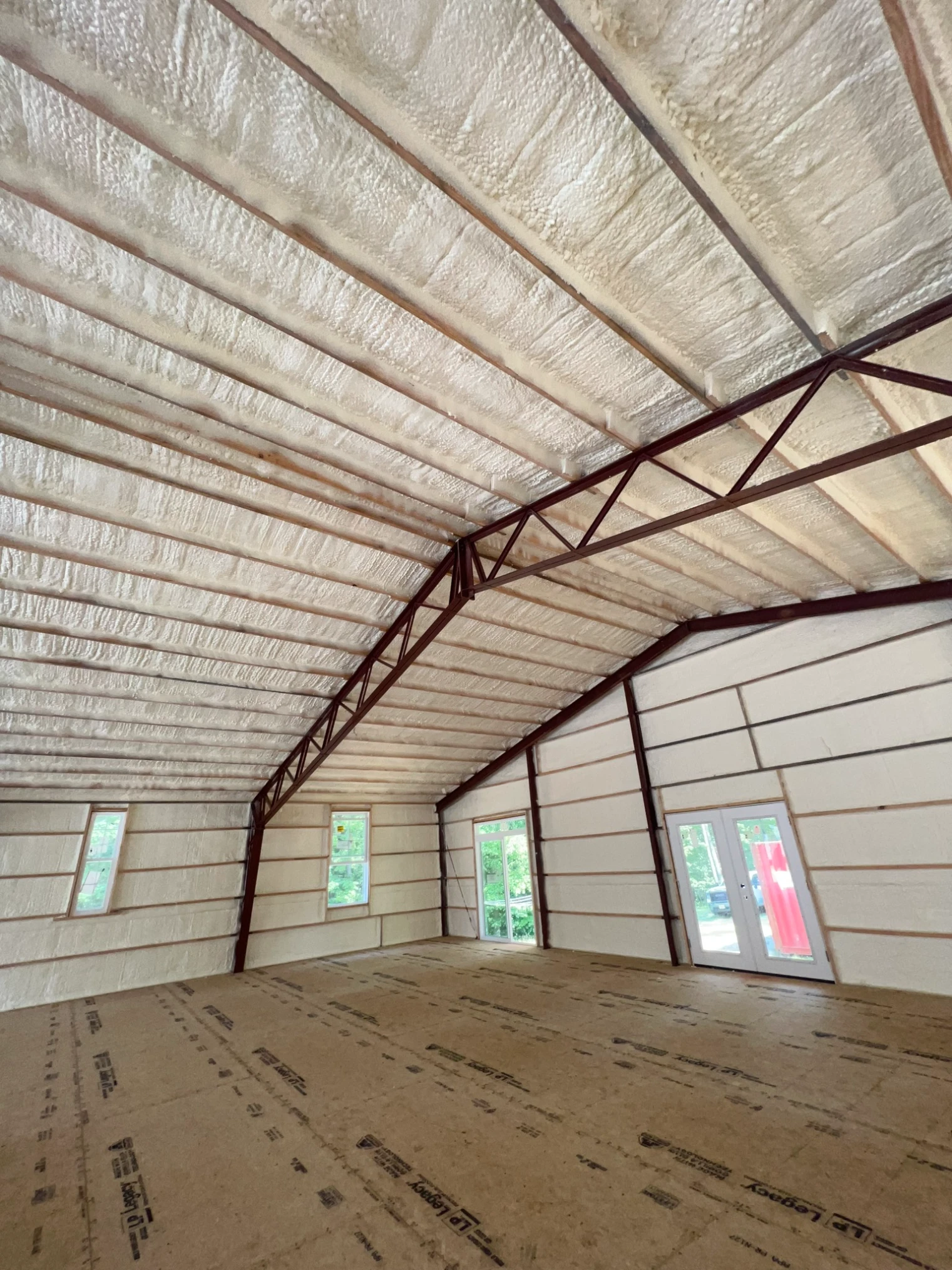
Homes in Newark, OH face mounting insulation challenges heading into 2025. Rising energy costs, aging housing stock, and increased humidity swings are making under-insulated homes more expensive and less comfortable. Better insulation directly reduces energy waste, keeps indoor temperatures stable year-round, and helps prevent long-term issues like condensation, mold, and structural stress.
The region’s older homes often lack proper air sealing and insulation levels. In many attics, crawl spaces, and wall cavities, insulation has settled or deteriorated. Without upgrades, homeowners face higher utility bills, fluctuating indoor comfort, and risk to building longevity.
Ohio Valley Spray Foam draws on direct experience with residential and commercial insulation in Newark’s mixed-humid climate. This article outlines key insulation concerns, performance differences, and practical guidance to help homeowners make informed choices.
Most Newark homes were built before 1990, when insulation standards were significantly lower. Wall cavities often contain compressed or improperly installed fiberglass, and attics frequently fall below modern R-value benchmarks.
Bonus Tip: Use an infrared scanner in winter to identify under-insulated zones along walls and ceilings.
Newark experiences freeze-thaw cycles and mid-summer humidity. Poor insulation allows warm interior air to hit cold surfaces, causing condensation and potential mold growth, especially in unventilated spaces like knee walls and rim joists.
| Insulation Type | R-Value per Inch | Air Seal Capability | Moisture Resistance | Cost Estimate | Best Use Case |
|---|---|---|---|---|---|
| Closed-Cell Spray Foam | 6.5 – 7.0 | Excellent | High | $$$$ | Crawl spaces, rim joists, foundations |
| Open-Cell Spray Foam | 3.5 – 3.8 | Excellent | Moderate | $$$ | Attics, walls, interior applications |
| Blown-in Fiberglass | 2.2 – 2.7 | Poor | Low | $$ | Attics with air barriers |
| Rolled Fiberglass Batts | 2.9 – 3.8 | Poor | Low | $ | Walls and ceilings (new construction) |
| Application Area | Recommended R-Value (DOE Zone 5) | Common Issue Found in Newark |
|---|---|---|
| Attic | R-49 | Settled or missing fiberglass |
| Exterior Walls | R-13 to R-21 | Uninsulated or poorly filled bays |
| Crawl Space Walls | R-19 to R-30 | No insulation or exposed floor |
| Rim Joists | R-15 | Air leakage and thermal bridging |
(Source: U.S. Department of Energy Climate Zone Recommendations)
These trends suggest higher demand for insulation improvements in both retrofits and new builds.

Bonus Tip: Always assess existing ventilation before adding insulation. Improper airflow increases condensation risk.
Spray foam, once properly applied, can last 30+ years without significant degradation.
Yes. Spray foam under crawl spaces or between floor joists reduces drafts and heat loss.
If it’s wet, moldy, or compressed, it should be removed. Otherwise, it can stay if supplemented.
High energy bills, uneven room temperatures, or visible insulation gaps are key indicators.
Ohio Valley Spray Foam provides insulation services backed by hands-on experience with local housing needs. To speak with a qualified installer or request a site-specific insulation plan:
Phone: (740) 373-3626
Email: [email protected]
Receive detailed insights into material selection, performance goals, and cost planning for Newark-area homes.
Closed-cell spray foam is most effective. It blocks air and moisture while providing structural rigidity.
Yes, especially when paired with air sealing. This prevents moisture-laden air from infiltrating the building envelope.
Average return ranges from 20% to 30% annually in energy savings depending on insulation type and existing conditions.
If installed properly with correct ventilation, insulation can improve air quality by blocking outdoor pollutants.
Every 3-5 years or after major roof, HVAC, or weather events.